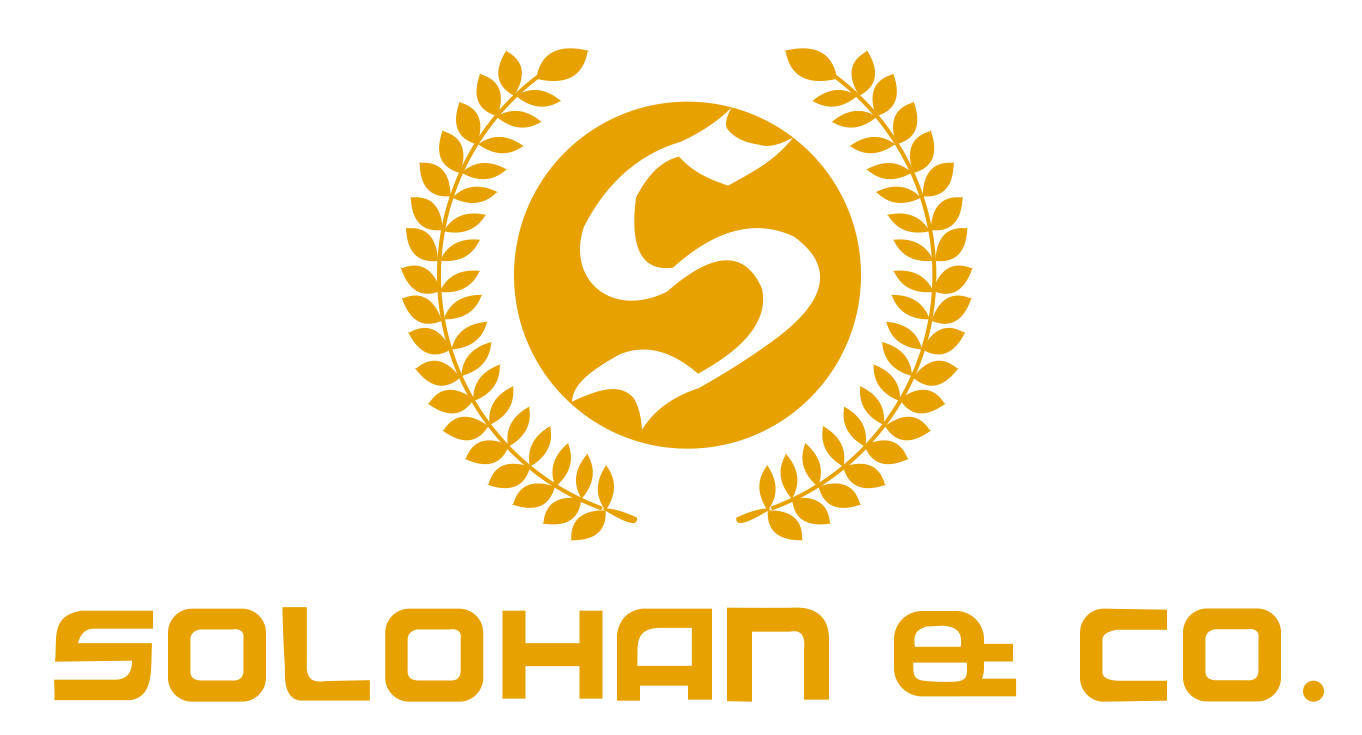Content
However, some assets are less liquid than others, making them harder to convert to cash. For example, inventory is very liquid — the company can quickly sell it for money. Real estate, though, is less liquid — selling for cash is time-consuming and sometimes difficult, depending on the market. The balance sheet equation answers important financial questions for your business. Use the balance sheet equation when setting your budget or when making financial decisions. Calculating total owners equity or total shareholders equity.
Does the accounting equation stays in balance after every transaction?
The accounting equation holds at all times over the life of the business. When a transaction occurs, the total assets of the business may change, but the equation will remain in balance. The accounting equation serves as the basis for the balance sheet, as illustrated in the following example.
Any changes to the expanded accounting equation will result in the same change within the balance sheet. Shareholder’s equity is the company owners’ residual claims on assets after deducting all liabilities deducted.
What Are Expenses? Definition, Types, and Examples
What is the most important quality for http://www.embjapan.ru/education1.phtml&print=ok information as identified in Statement of Financial Accounting Concepts No. 8? Explain the importance and the impact that accounting has in society. Explain why accounting information must be relevant and reliable to be useful. Investopedia requires writers to use primary sources to support their work.
- In this case, assets represent any of the company’s valuable resources, while liabilities are outstanding obligations.
- The balance sheet equation answers important financial questions for your business.
- The double-entry practice ensures that the accounting equation always remains balanced, meaning that the left side value of the equation will always match the right side value.
- The beautiful thing about accounting and the three-statement models it helps inform is that they create a closed system.
- The accounting equation is considered to be the foundation of the double-entry accounting system.
- It also helps us evaluate the amount of profit or loss a business has incurred since its inception.
In addition, the http://www.oceans13mtsieeesandiego.org/author/oceans13mtsieeesandiego/ equation only provides the underlying structure for how a balance sheet is devised. Any user of a balance sheet must then evaluate the resulting information to decide whether a business is sufficiently liquid and is being operated in a fiscally sound manner. Understand what the accounting equation is, learn the elements of the basic accounting equation, and see examples. A general ledger is a record-keeping system for a company’s financial data, with debit and credit account records validated by a trial balance. Shareholders’ equity is the total value of the company expressed in dollars. Put another way, it is the amount that would remain if the company liquidated all of its assets and paid off all of its debts. The remainder is the shareholders’ equity, which would be returned to them.
Limitations of the Accounting Equation
In a double-entry accounting system, every transaction affects at least two accounts. For example, if a company buys a $1,000 piece of equipment on credit, that $1,000 is an increase in liabilities but also an increase in assets. If your business has more than one owner, you split your equity among all the owners. Include the value of all investments from any stakeholders in your equity as well. Subtract your total assets from your total liabilities to calculate your business equity. But, that does not mean you have to be an accountant to understand the basics.
- Beginning retained earnings is the carryover retained earnings that were not distributed to stockholders during the previous period.
- Explain the accounting equation and how this equation relates to both the balance sheet and the income statement.
- Liabilities are considered to be anything that is a claim against the company’s assets, such as payments or debts that the company owes.
- A liability is an obligation or debt that the entity holds that must be repaid in the future.
- A company’s assets could include everything from cash to inventory.
- It is used to analyze whether the assets are financed by debt or business owner funds with the help of double-entry accounting.
Furthermore, the accounting equation helps to ensure that a company’s financial statements are accurate. If a company keeps accurate records using the double-entry system, the accounting equation will always be “in balance,” meaning the left side of the equation will be equal to the right side. The balance is maintained because every business transaction affects at least two of a company’s accounts. For example, when a company borrows money from a bank, the company’s assets will increase and its liabilities will increase by the same amount. When a company purchases inventory for cash, one asset will increase and one asset will decrease.
Learn More About the Accounting Equation!
The articles and research support materials available on this site are educational and are not intended to be or tax advice. All such information is provided solely for convenience purposes only and all users thereof should be guided accordingly. John Buys machinery worth $2,000 by borrowing from the bank.
